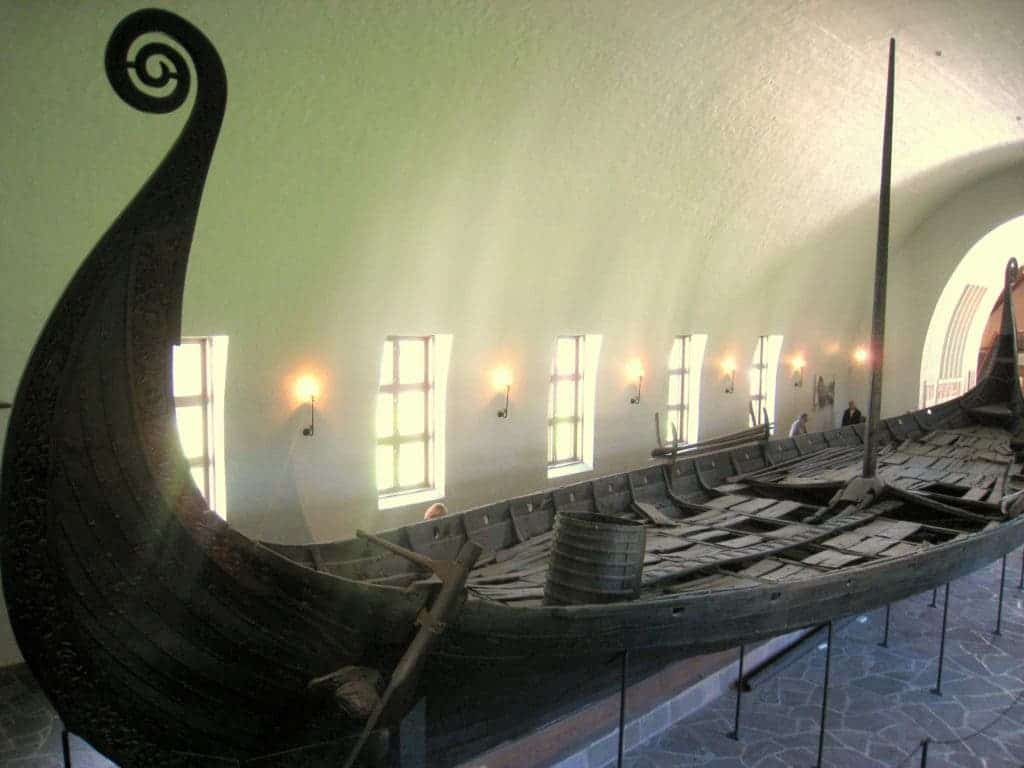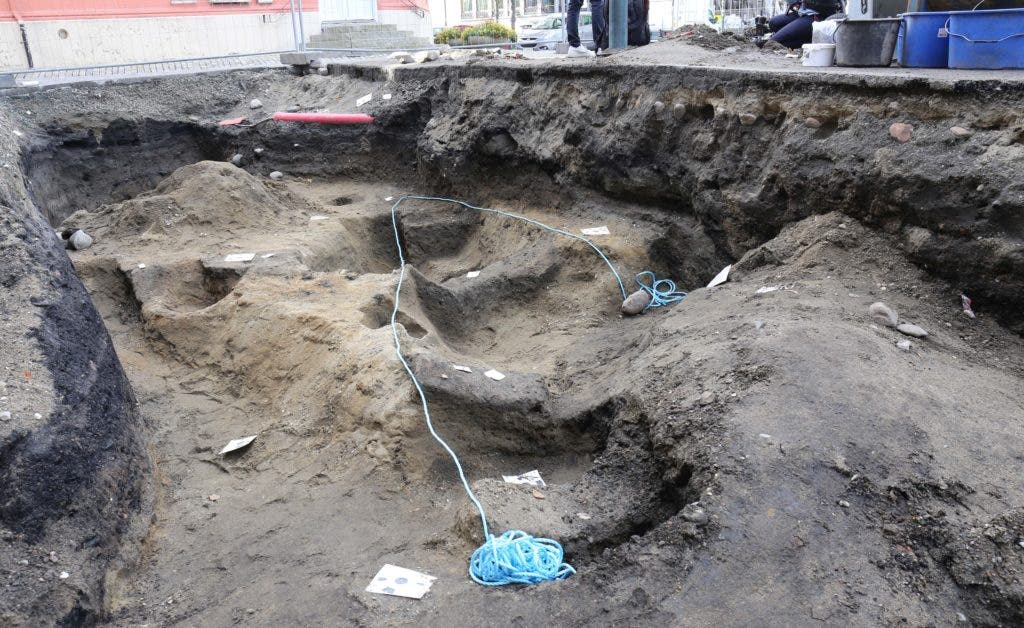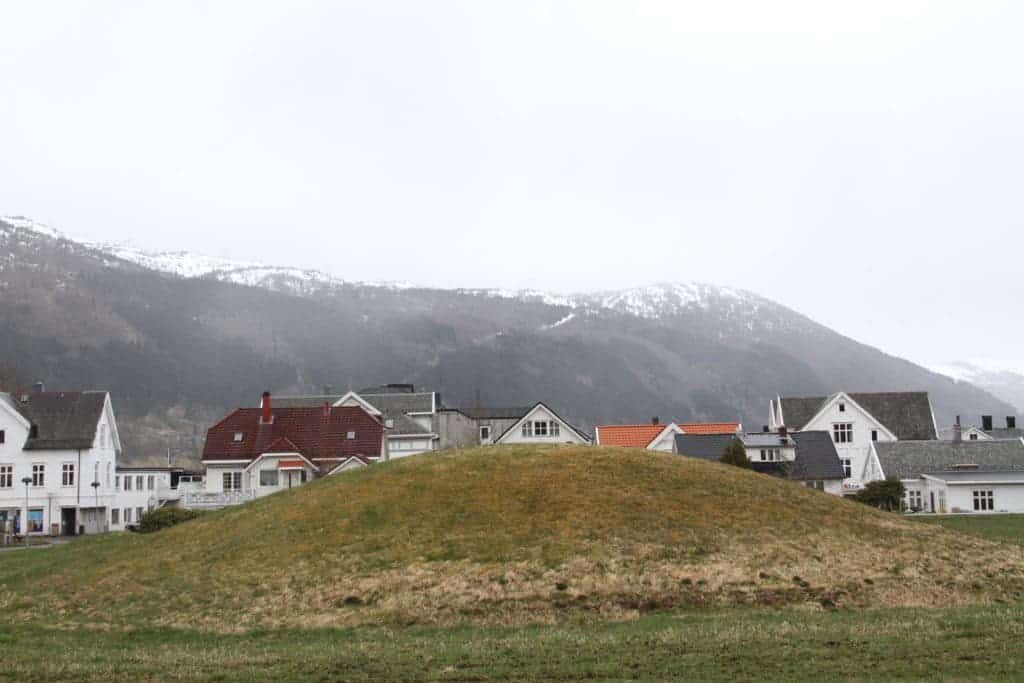The boat, which measured at least 4 meters (13ft) long, was buried on a north-south direction under what is today the city’s trading center.

Just as archaeologists working in the historical city of Trondheim were preparing to end their dig under the central market square, they came across something intriguing. It didn’t take long for the Norwegian Institute for Cultural Heritage Research (NIKU) researchers to realize what they had on their hands. Although the wood had long rotted away, the distinctive shape and other preserved structural elements helped identify the structure: a long Viking funeral boat.
“Careful excavation revealed that no wood remained intact, but lumps of rust and some poorly-preserved nails indicated that it was a boat that was buried here,” archaeologist Ian Reed of NIKU said in a statement.

The feature, which was dug into the natural deposits, had been disturbed in several places by later pits and postholes, but it was quite clearly boat-shaped. It also contained two long bones, potentially indicating that a person had been buried there — though the bones could have also come from animals.
“This suggests that there was a human skeleton contained within the boat. Because of the poor state of preservation we will have to carry out DNA tests to be 100% certain that the bones are human, says Reed.”
The dig also revealed a small piece of sheet bronze, located up against one of the bones, as well as what appears to be personal items from the grave.
NIKU’s Knut Paasche, a specialist in early boats, says that the boat had been dug up into the ground and likely covered up by a burial mount which has since eroded with the development of the city. As legend has it, Trondheim was founded by the Viking King Olav Tryggvason in the year 997, but archaeological evidence indicates that the area was inhabited for thousands of years.

As for the boat, it’s unclear exactly when it was built and placed there. The objects that survived the burial seem to indicate that it’s at least one thousand years old, potentially 1,200 years old. The boat itself is relatively flat in the bottom midship. This type of vessel was likely intended to go into shallow waters on the river Nidelven.
“In a posthole dug through the middle of the boat we found a piece of a spoon and part of a key for a chest. If this is from the grave then it can probably be dated from the 7th to the 10th century, says Reed.”

Burial boats are quite common in Scandinavia, though this is the first time one was found in Trondheim. It’s another indication that life flourished in today’s Trondheim way before Medieval times, Paasche says. Other Viking settlements such as Birka, Gokstad or Kaupang, all have graves in close proximity to the trading centre.
The practice of burial ships is ancient in Scandinavia, dating from at least the Nordic Bronze Age, around 1500 BCE. The Hjortspring boat (400-300 BC) or the Nydam boats (200-450 AD) are some of the oldest evidence, but the practice was significant through the centuries. Man and sea were intertwined for the Vikings, during life — and even after it.






